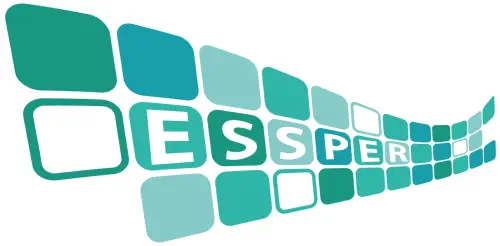Associazione ESSPER
periodici italiani di economia, scienze sociali e storia
periodici italiani di economia, scienze sociali e storia

Autori: Caramelli, Nicoletta, Setti, Annalisa
Titolo: Le interpretazioni del "priming" negativo: è il momento di una revisione
Periodico: Giornale italiano di psicologia
Anno: 2003 - Fascicolo: 2 - Pagina iniziale: 245 - Pagina finale: 276
Selective attention tasks require the selection of a target stimulus while a distractor is ignored. When the distractor is subsequently presented as the target subject's response time is slower than when no relationship between current target and preceding distractor exists, this is termed the negative priming effect. This review aims to examine the factors which influence negative priming and to contrast theoretical approaches on the main empirical data, in order to clarify the existing evidence for Inhibition models, Episodic Retrieval based models and Mismatching models which currently are the most influential theories on negative priming.
SICI: 0390-5349(2003)2<245:LID"NÈ>2.0.ZU;2-2
Testo completo: http://www.mulino.it/ws/rwDirectDownload.php?doi=10.1421/8914
Testo completo alternativo: http://www.mulino.it/rivisteweb/scheda_articolo.php?id_articolo=8914
Esportazione dati in Refworks (solo per utenti abilitati)
Record salvabile in Zotero
Biblioteche ACNP che possiedono il periodico
